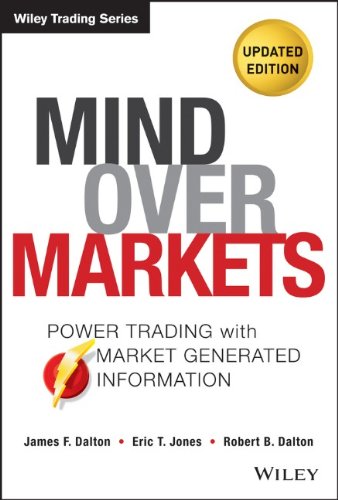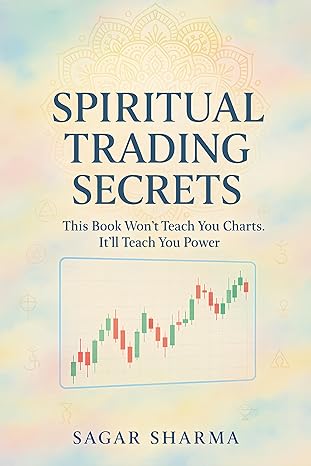دانلود کتاب Mind Over Markets: Power Trading with Market Generated Information, Updated Edition - Original PDF
Author:
James F. Dalton, Eric T. Jones, Robert B. Dalton
0 (0)
توضیحات کتاب :
A timely update to the book on using the Market Profile method to trade Emerging over twenty years ago, Market Profile analysis continues to realize a strong following among active traders. The approach explains the underlying dynamics and structure of markets, identifies value areas, price rejection points, and measures the strength of buyers and sellers. Unlike more conventional forms of technical analysis, Market Profile is an all-encompassing approach, and Mind Over Markets, Updated Edition provides traders with a solid understanding of it. Since the first edition of Mind Over Markets—considered the best book on applying Market Profile analysis to trading—was published over a decade ago, much has changed in the worlds of finance and investing. That's why James Dalton, a pioneer in the popularization of Market Profile, has returned with a new edition of this essential guide. Written to reflect today's dynamic market conditions, Mind Over Markets, Updated Edition clearly puts this unique method of interpreting market behavior and identifying trading/investment opportunities in perspective. Includes new chapters on Market Profile-based trading strategies, using Market Profile in connection with other market indicators, and much more Explains how the Market Profile approach has evolved over the past twenty-five years and how it is used by contemporary traders Written by a leading educator and authority on the Market Profile One of the key elements that has long separated successful traders from the rest is their intuitive understanding that time regulates all financial opportunities. The ability to record price information according to time has unleashed huge amounts of useful market information. Mind Over Markets, Updated Edition will show you how to profitably put this information to work for you.
سرچ در وردکت | سرچ در گودریدز | سرچ در اب بوکز | سرچ در آمازون | سرچ در گوگل بوک
1,229 بازدید 1 خرید










